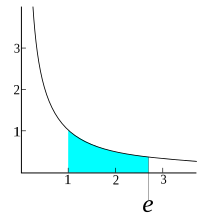
Photo from wikipedia
Background The study was conducted to determine reference interval (RI) and evaluate the effect of preanalytical variables on Dried blood spot (DBS)-amino acids, acylcarnitines and succinylacetone of neonates. Methodology DBS… Click to show full abstract
Background The study was conducted to determine reference interval (RI) and evaluate the effect of preanalytical variables on Dried blood spot (DBS)-amino acids, acylcarnitines and succinylacetone of neonates. Methodology DBS samples were collected within 48–72 hours of life. Samples were analyzed for biochemical markers on tandem mass spectrometer at the University of Iowa. Comparison of RI across various categorical variables were performed. Results A total of 610 reference samples were selected based on exclusion criteria; 53.2% being females. Mean gestational age (GA) of mothers at the time of delivery was 38.7±1.6 weeks; 24.5% neonates were of low birth weight and 14.3% were preterm. Out of the total 610 neonates, 23.1% were small for GA. Reference intervals were generated for eleven amino acids, thirty-two acylcarnitines and succinylacetone concentrations. Markers were evaluated with respect to the influence of gender, GA, weight and time of sampling and statistically significant minimal differences were observed for some biomarkers. Conclusion RI for amino acids, succinylacetone and acylcarnitine on DBS has been established for healthy neonates, which could be of use in the clinical practice. Clinically significant effect of GA, weight, gender and time of sampling on these markers were not identified.
Journal Title: PLOS ONE
Year Published: 2023
Link to full text (if available)
Share on Social Media: Sign Up to like & get
recommendations!